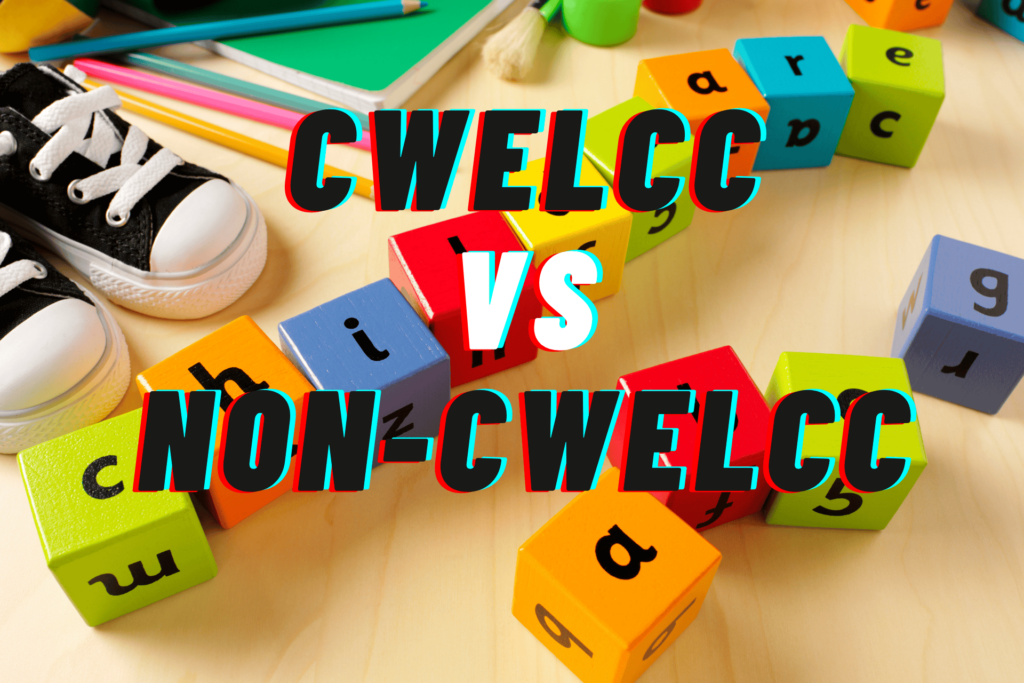The Canada Emergency Business Account (CEBA) has been a vital support for Canadian businesses navigating the challenges posed by the COVID-19 pandemic. Launched by the Canadian government in 2020, CEBA introduced interest-free loans to assist businesses in sustaining their operations during this turbulent period. As we approach the looming deadline of January 18, 2024, for repayment, we understand that the intricacies of the repayment process can appear daunting. To address this, we will provide a detailed overview of the repayment process and the regulations governing debt forgiveness. For those seeking comprehensive information, the CEBA website (https://ceba-cuec.ca/) offers a comprehensive resource.
If you’ve previously received confirmation of your eligibility for debt forgiveness from CEBA, the good news is that you remain eligible. However, there are some conditions to consider.
Imagine you’ve obtained a CEBA loan of $40,000. To qualify for debt forgiveness, you must repay $30,000 before the January 18, 2024 deadline. This is a straightforward process—transfer the $30,000 from your bank to your CEBA account. The forgiven $10,000 will remain in your account for approximately six weeks before it is automatically removed.
However, if you can’t meet the $30,000 repayment target and only manage to pay $25,000 before the deadline, you will forfeit the debt forgiveness. The remaining $15,000 will be converted into a loan with a 5% annual interest rate. This loan is a non-amortizing term loan, and the entire principal must be repaid by December 31, 2026.
Another option to secure debt forgiveness is by obtaining regular financing from your bank. From CEBA’s perspective, as long as you repay the full $30,000, the source of the funds is not relevant. You can approach your bank for financing and then use that amount to repay your CEBA loan.
For those who have applied for a loan expansion, the rules can be more complex. We recommend referring to the CEBA website, where you can find detailed examples of how repayment and debt forgiveness work in these specific situations.
In summary, CEBA has provided essential support to keep businesses afloat during challenging times. However, understanding the repayment and forgiveness guidelines is crucial. Take the time to familiarize yourself with these requirements, and ensure that you make the most of this opportunity for your business’s financial stability in these uncertain economic times.








